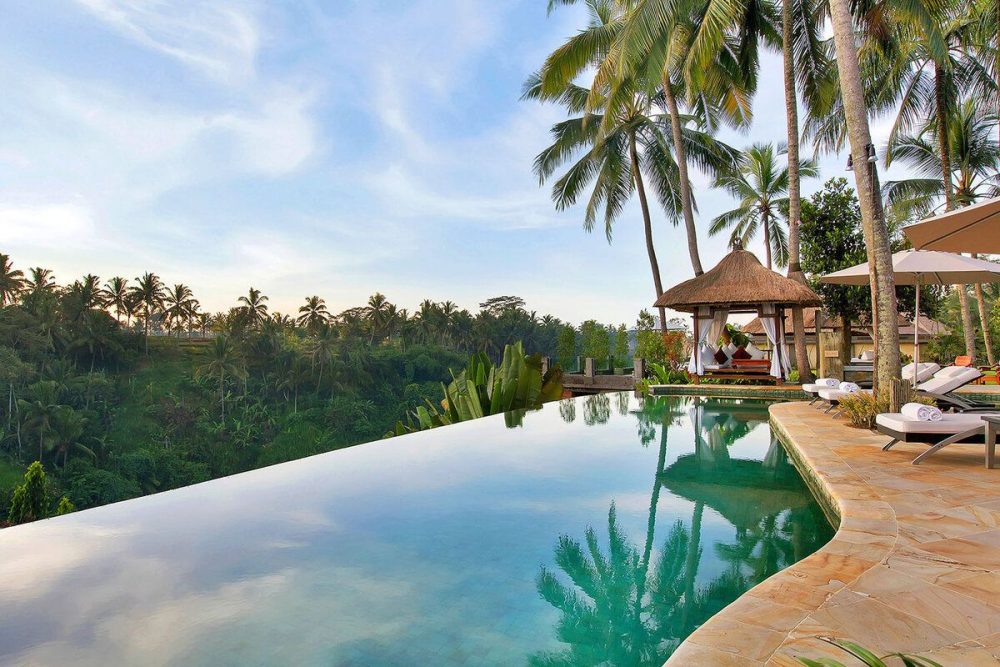Well-organized luggage is the key to a calm start to your trip. Overweight at the airport, inappropriate clothing, and disarray in your belongings can create stress even before takeoff. The question of how to pack a suitcase for a vacation, aiming to stay within the weight limit and not forget anything, is especially relevant. Below are 10 practical life hacks that will help you organize your things, plan logistics, avoid overloading, and save space.
Life Hack 1: Start with a Detailed Packing Plan
Before you start packing, it’s worth creating a basic checklist of what to take on vacation. It not only reduces the chances of forgetting important items but also helps eliminate excess. This list should be structured by categories: clothing, electronics, first aid kit, accessories, documents.

In each category, prioritize based on the climate and duration of the trip. A well-thought-out system is the key to packing a suitcase for vacation with minimal space loss.
Life Hack 2: Consider Climate and Clothing Density
For those who want to travel light, it’s essential to adapt their wardrobe to the weather. A warm climate allows for reducing the volume of clothing: breathable fabrics, lightweight outfits, minimal outerwear.
It’s important to consider not only the weather conditions but also the cultural specifics of the region.
Life Hack 3: Packing Using the Rolling Method
The classic way of folding clothes gives way to the technique of tight rolling. This method reduces the volume of clothing and prevents wrinkling. Additionally, you can use compression bags or organizers to optimize internal space.
This approach is particularly useful when airlines have baggage restrictions. Choosing the right packing technique is one of the answers to how to pack a suitcase for vacation efficiently.
Life Hack 4: Minimize Footwear without Sacrificing Comfort
One of the most common questions before a trip is how many pairs of shoes to take. The general rule is no more than three: everyday shoes, lightweight shoes, and one comfortable pair for walks or special occasions. It’s optimal to combine functionality and lightness.
One pair of shoes should always be in your carry-on in case of main luggage delay. This approach eliminates extra weight and airport issues.
Life Hack 5: Efficient First Aid Kit in a Compact Form
When assembling a first aid kit, it’s important to strike a balance between essential and excessive items, based on the trip’s duration and type. Priority should be given to remedies for digestive issues, fever reduction, antiseptics, and band-aids. Basic elements are an integral part of understanding how to pack a suitcase for vacation sensibly and with health care on the go.
Packaging blister packs without boxes and organizing them in a compact organizer helps reduce volume. Discipline and avoiding excess are crucial in understanding how to compactly pack a first aid kit for travel.
Life Hack 6: Proper Use of Carry-On Luggage
Passengers often underestimate the potential of carry-on luggage. A well-packed backpack or bag allows you to carry 7–10 kg of necessary items for the journey and the first days of rest. It’s important to decide in advance what to put in your carry-on: chargers, valuable documents, spare underwear, hygiene products.
Additionally, a life hack on how to rearrange items in your carry-on is to use vacuum bags and place bulky items inside, such as hoodies and towels.
Life Hack 7: Wear Heavy Items
To avoid exceeding weight limits, wear the bulkiest items on the plane: sneakers, jeans, hoodies, jackets. This frees up space in your suitcase and provides a weight buffer, especially useful for offseason travels.
This life hack helps redistribute weight in your favor and, most importantly, complies with airline rules. This approach is particularly valuable for those seriously interested in how to pack a suitcase for vacation without stress and extra charges.
Life Hack 8: Packing Cosmetics in Travel-Size
Cosmetics and hygiene products are one of the heaviest and bulkiest categories. You can reduce their weight by using travel-size sets or small dispensers. These bottles meet airport safety requirements and don’t take up much space.
To organize your luggage properly, distribute cosmetics between your main suitcase and carry-on. This approach ensures the availability of necessary items on the road while reducing overall weight. It’s one of the practical principles of how to pack a suitcase for vacation rationally without sacrificing travel comfort.
Life Hack 9: Structure Contents by Functionality
One of the key principles of packing a suitcase for vacation is dividing items by purpose: beach, city, transportation, sleep. This approach allows better control of contents and avoids clutter.
Transparent bags, fabric pouches, and labels facilitate access to necessary items on the road, especially useful for transit flights or changing hotels.
Life Hack 10: Avoid Overloading with Multi-Functional Items
Universal items solve the weight problem. For example, a scarf can serve as a sun cover, towel, and pillow. Footwear with waterproof soles replaces two pairs at once.
Identifying such items in your wardrobe is crucial as they significantly reduce volume and increase mobility during travel!
How to Pack a Suitcase for Vacation: Packing Tips
Below are items that help reduce overall weight and make the trip comfortable:
- portable cosmetic bottles – take up less space, don’t spill during transport;
- compression bags – reduce clothing volume by 2–3 times;
- fabric organizers – create visual order, reduce time searching for items;
- multi-functional footwear – replaces several pairs, withstands heavy use well;
- lightweight microfiber towel – dries quickly, almost weightless;
- universal adapter – versatile for different countries;
- foldable water bottle – saves space and avoids buying water at the airport.
This set helps optimize packing and makes luggage functional without overloading it with unnecessary items.

Conclusion
Understanding how to pack a suitcase for vacation is based not on the volume of items but on the rationality of their selection. Avoiding unnecessary items, optimizing by weight and volume, thoughtful organization of internal space – all make luggage convenient and tailored to the specific trip.
Orderliness, systematic approach, and adaptation to the climate are the three pillars that make for a comfortable journey without overload and losses.
 en
en  ar
ar  de
de  es
es  fr
fr  nl
nl  ru
ru  hi
hi  it
it  pt
pt  el
el 













